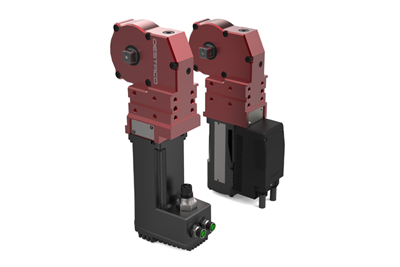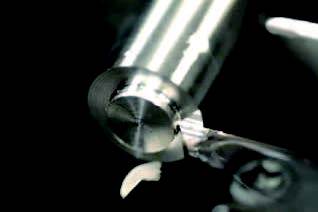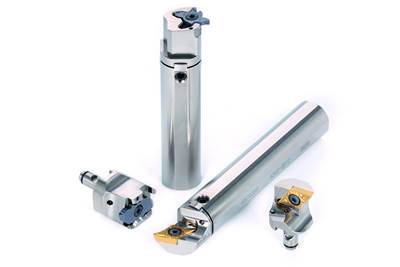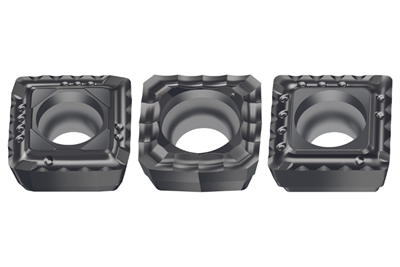Tooling
SMW Mechatronic Grippers Automate Key Processes
The Motiact mechatronic gripper series is designed to perform precise, consistent, accurately monitored gripping operations in automated work cells.
Read MoreJob Shop Discovers and Fills a Fishing Need
The promise of a product line for improved mounting of electronic fish finders led this Missouri job shop to an automated turning process.
Read MoreBroaching Tool Technology For Lathes Used to Slot Inconel Parts
This shop finds value in using an indexable-insert-style broaching tool to create blind-hole slots in heat-treated Inconel aerospace parts on a CNC lathe.
Read MoreDestaco Electric Power Clamps Enable Flexible Production
The 92W series electric power clamps feature integrated intelligence to reduce the need for additional components.
Read MoreTool Path Improves Chip Management for Swiss-Type Lathes
This simple change to a Swiss-type turning machine’s tool path can dramatically improve its ability to manage chips.
WatchAddressing Micro-Boring Challenges
This boring bar/tool holding system for Swiss-type lathes is said to offer high rigidity and positioning repeatability. In addition, the boring bars can be changed out using no hand tools.
WatchParting Off: The Case for Standardizing on Sawing
The value of rotary saw cutting for parting off operations could boil down to simple economics paired with process efficiency gains.
Read MoreTungaloy Modular Turning System Provides High Repeatability
The ModuMiniTurn tool system incorporates a specialized coupling mechanism between the modular head and tool shank.
Read MoreMaking Micro Threads
Production of micro threads can be challenging, but using the most suitable tools for a given application can simplify the task.
Read MoreWalter Indexable Drill Inserts Provide High Wear Resistance
The WNN15 drilling grade features a hard substrate, which provides high cutting-edge strength and sharpness on indexable inserts.
Read More















.png;maxWidth=300;quality=90)


.png;maxWidth=970;quality=90)